The thrill of capturing potential paranormal evidence during an investigation is unmatched. Whether it’s a strange shadow, a chilling EVP, or an unexplained fluctuation on your EMF detector, each finding fuels the quest for the truth. However, thorough analysis is essential to separate genuine paranormal activity from natural explanations or errors. Here’s a guide to analyzing and debunking your findings like a seasoned investigator.
Step 1: Record Everything
The first step in analyzing evidence is meticulous documentation during your investigation. Ensure you have:
- Video and Audio Recordings: Set up cameras and recorders in key locations.
- Environmental Data: Note temperature changes, weather conditions, and any other environmental factors.
- Investigator Logs: Keep detailed notes of times, locations, and observations made by team members.
Step 2: Review Evidence with a Critical Eye
When reviewing your evidence, skepticism is your best tool. Ask yourself:
- Could this have a natural explanation? Look for logical reasons behind the phenomena, such as drafts, reflective surfaces, or equipment malfunctions.
- Is the evidence consistent? Does the anomaly appear repeatedly or only once? Repeat occurrences may strengthen your case.
- Are there external influences? Background noise, shadows cast by team members, or interference from electronic devices can create false positives.
Common Types of Evidence and How to Analyze Them
1. EVPs (Electronic Voice Phenomena)
- Filter Background Noise: Use audio editing software to isolate potential voices and remove ambient sounds.
- Check for Context: Does the voice respond directly to questions, or could it be random noise?
- Debunk Human Interference: Ensure the sound wasn’t created by team members or environmental factors, like distant conversations or creaking furniture.
2. Visual Anomalies
- Examine Shadows and Light: Check for reflective surfaces, moving light sources, or other causes of shadows.
- Analyze Orbs: Most orbs can be attributed to dust, moisture, or insects. Look for signs of movement or patterns that suggest intelligent control.
- Validate Video Evidence: Cross-reference footage with other devices to rule out camera glitches.
3. EMF Readings
- Check for Electrical Sources: Nearby wiring, appliances, or cell phones can cause spikes. Test the area for consistent EMF levels before and after the anomaly.
- Look for Patterns: Paranormal activity often correlates with other signs, such as sounds or visual phenomena. Is the EMF spike an isolated incident?
4. Physical Evidence
- Document Changes: Note the exact location and conditions of objects before and after movement.
- Rule Out Human Error: Ensure no team member accidentally moved the object.
- Test for Environmental Causes: Drafts, vibrations, or uneven surfaces can explain some movement.
Step 3: Debunk Before You Believe
Debunking isn’t about disproving everything; it’s about strengthening your findings by eliminating weak or questionable evidence.
- Recreate the Phenomenon: Try to replicate the anomaly under the same conditions. If you can recreate it naturally, it’s likely not paranormal.
- Consult Experts: Reach out to professionals in photography, audio engineering, or environmental sciences for additional insights.
- Use Controlled Experiments: Set up repeat investigations in the same location to see if the anomaly reoccurs.
Step 4: Present Your Findings Transparently
When sharing your evidence, transparency builds credibility:
- Showcase Raw Data: Present original footage or recordings alongside your edited highlights.
- Explain Your Methods: Detail how you gathered and analyzed the evidence.
- Acknowledge Uncertainties: It’s okay to admit when something can’t be definitively explained—that’s the nature of paranormal investigation.
The Importance of Debunking
Debunking isn’t about disproving paranormal phenomena; it’s about ensuring your evidence is as credible as possible. By ruling out natural explanations, you’re left with findings that truly stand out as unexplainable—and potentially paranormal.
Have You Analyzed Your Findings?
What’s the most compelling piece of evidence you’ve captured, and how did you analyze it? Share your stories, tips, and methods in the comments below. Let’s work together to uncover the truth behind the mysteries that captivate us all!
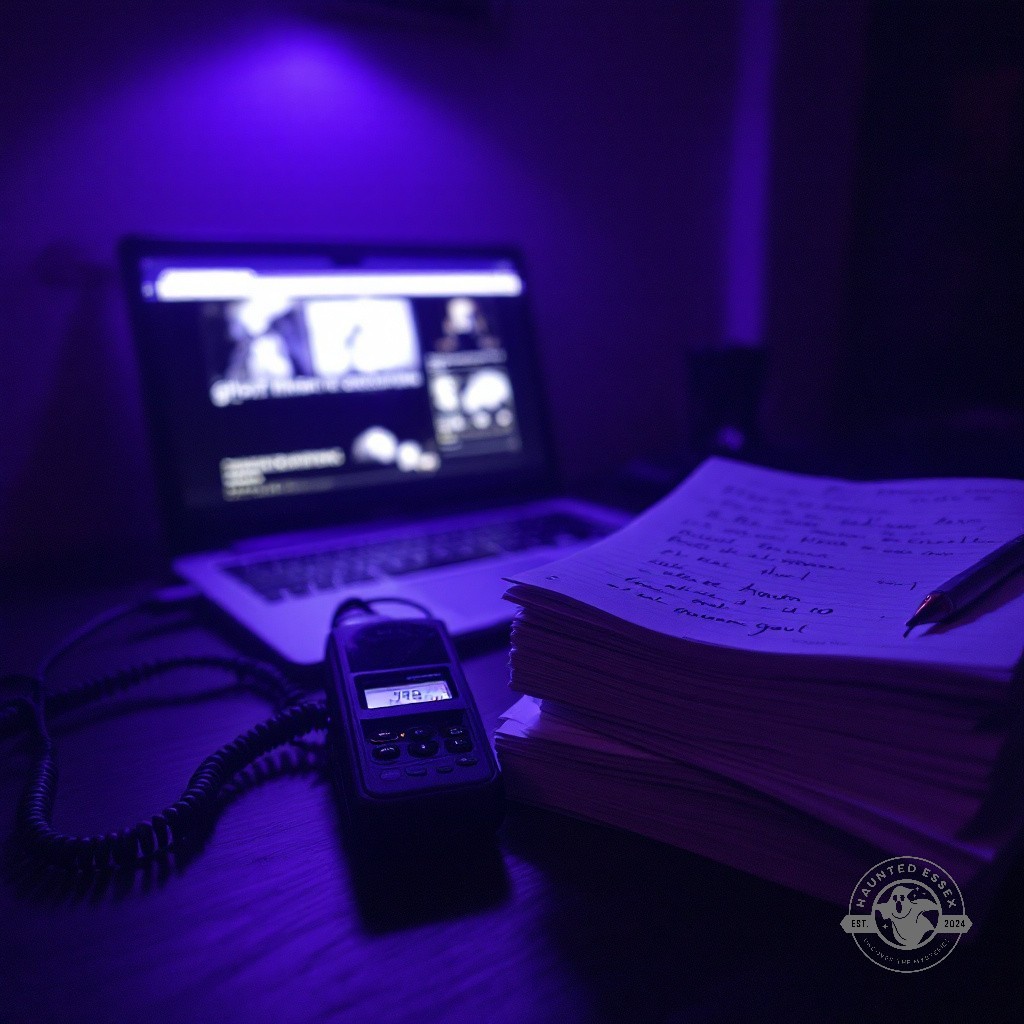

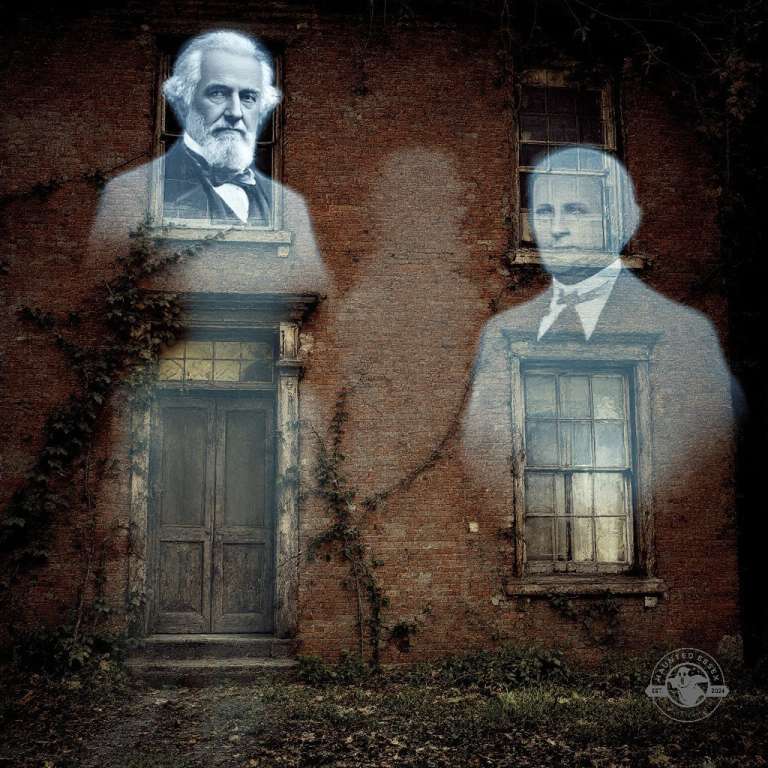
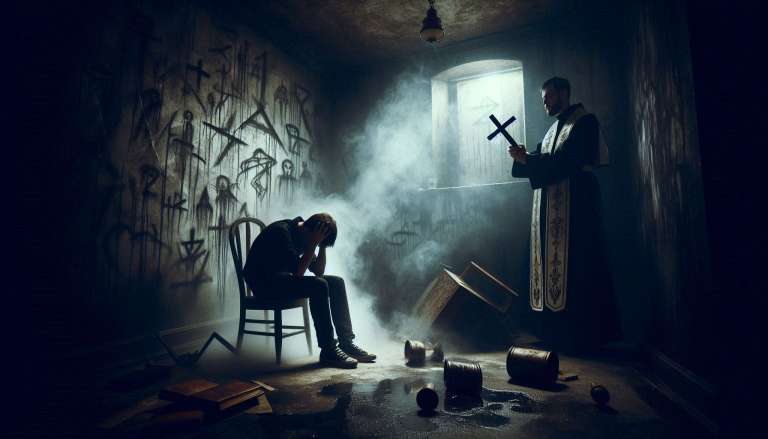
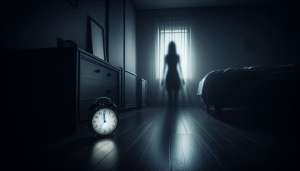

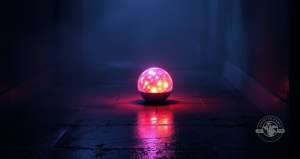

Leave a Comment